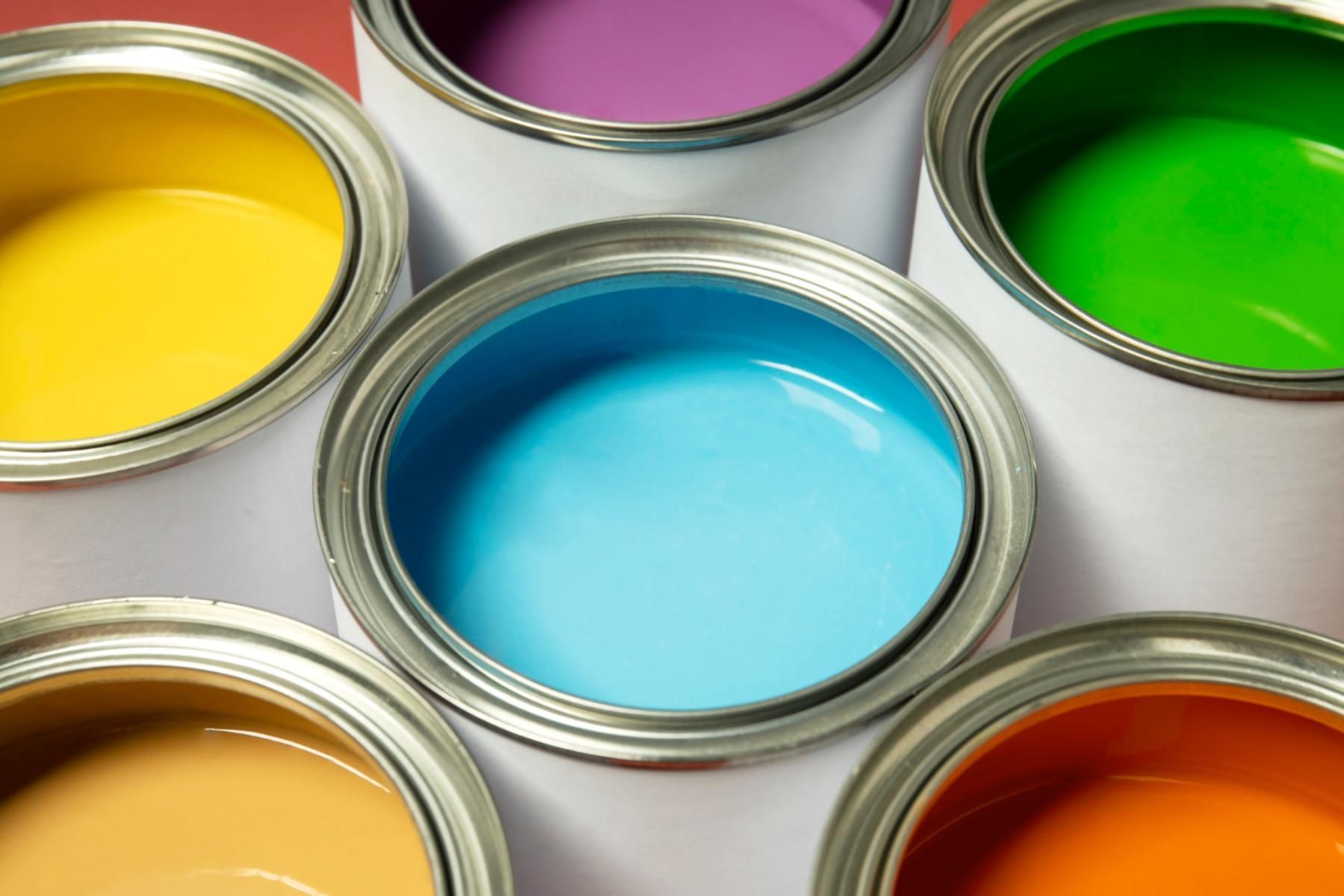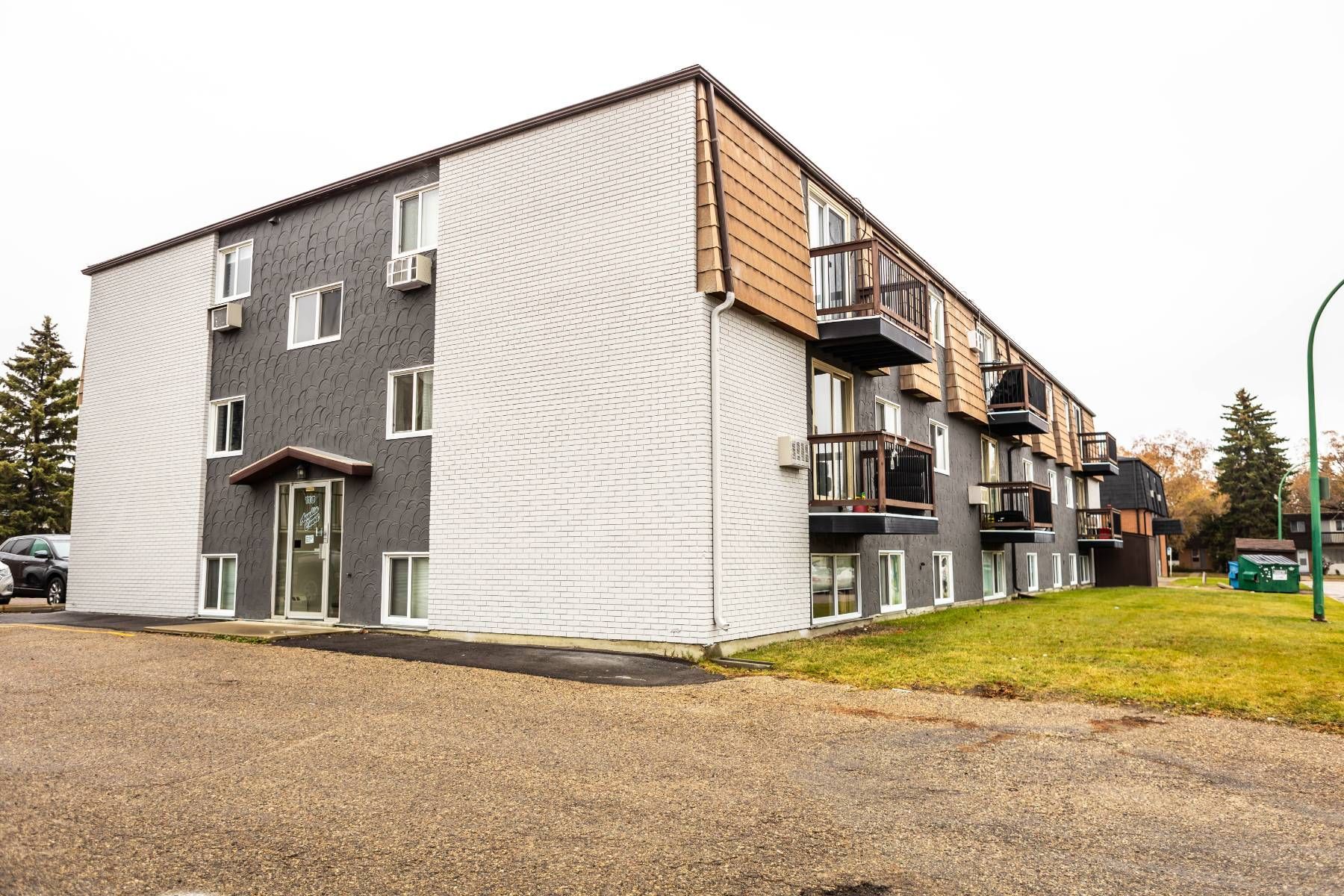Paint Your Exterior Before It Gets Worse
Your house's paint job needs regular updates. Most homeowners start asking this question when their exterior loses its vibrant look. Paint experts suggest a new coat every 5-10 years. This timeline changes by a lot based on your local climate. Saskatoon's weather can be really tough on exterior surfaces.
Quality paint jobs last longer than cheap ones. The paint's lifespan depends on several vital factors we discuss with our clients. Proper application techniques help colors fade evenly. Light shades hold up better than darker ones. Location makes a big difference too. Houses near the coast need fresh paint every 2-3 years because of salt exposure. Homes in milder climates can go a decade between paint jobs. Saskatoon's extreme temperatures and harsh winters create unique challenges that affect how long paint lasts.
Delaying a new paint job leads to more than just looks. Watch for warning signs like fading, bubbling, peeling, chalking, and cracked caulking. These signs tell you your house needs attention fast. They often show up before moisture damage and rot set in. A fresh coat of exterior painting could prevent these issues. This piece explains these warning signs and shows why quick action matters. You'll protect both your home's appearance and structure from damage that can get pricey to fix later.
Fading and dull paint color
Your home's exterior paint shows its first signs of deterioration through color fading. The loss of vibrancy might look like a simple cosmetic issue. This change actually shows your paint's protective abilities starting to fail. A good understanding of fading helps you decide if it's time to repaint.
Why fading happens over time
Paint fades because pigments naturally break down as time passes. Several factors speed up this process beyond regular wear and tear. Low-quality paint starts peeling and chalking off as its top layers break down. Quality products fade evenly on homes, while cheaper paints create uneven, blotchy fading patterns.
Paint color plays a vital role in fading speed. Blues, yellows, and reds don't hold up well against UV radiation. Deep blues and reds soak up more light and heat, which makes them fade faster than lighter colors. Paint also loses color faster when it's over-tinted or when someone uses indoor paint outside.
Today's exterior paints work better than what we had ten years ago. The original paints stayed flexible for just 7-10 years and lost 7% of their color yearly. Modern formulas now include UV protection that keeps annual fading down to 1-3%.
How UV rays affect paint in Saskatoon
Saskatoon's weather creates special challenges for exterior paint durability. UV light damages paint two ways. UV-A rays make paint resin dry out and crack. UV-B rays attack the color directly and cause fading and discoloration.
South-facing walls take a beating during our intense summers. These walls get almost no protection throughout the year. Long sun exposure starts photodegradation - a chemical reaction that breaks down paint colors and removes their shine.
Some paints handle these conditions better. Acrylics and polyurethane paints resist UV damage because they absorb sunlight more slowly. Earth-toned paints (beiges, tans, browns) also fight UV damage better than other colors.
When fading becomes a problem
Paint fades so slowly you might not notice at first. You should act quickly once you spot color changes. Most exterior surfaces show substantial fading one to seven years after painting. Faded and chalky paint needs a good pressure wash and fresh coat to look right again.
Faded paint means more than just looks - it shows your home's shield isn't working right anymore. Water can get in and cause bigger structural problems if you ignore it. Noticeable or uneven fading tells you it's time to think about repainting to protect your home and keep it looking good.
Peeling, bubbling, and cracking paint
Paint that peels, bubbles, and cracks shows serious deterioration that just needs immediate attention. These problems show your home's protective barrier has been compromised by a lot. This creates paths for damage to spread beneath the surface, unlike simple fading.
What causes paint to peel or bubble
Paint fails because of several factors that work alone or together. Moisture infiltration stands out as the main reason paint bubbles and peels. Water gets trapped between paint and substrate when it seeps through cracks, gaps, or badly sealed surfaces. The trapped moisture then forces the paint to separate from the surface below.
Poor surface preparation ranks as another top cause. Paint won't stick right if surfaces aren't cleaned, sanded, or primed properly. Even the best paint will fail on dirty, wet, or badly prepped surfaces. The paint peels between layers when you put oil-based paint over latex without proper prep work.
Environmental factors also make paint fail by a lot. Surfaces expand and contract from extreme heat and long sun exposure. Saskatoon's weather makes this worse because the shifts from winter to summer stress the paint and make it crack and peel.
How moisture and poor prep lead to damage
The damage starts without anyone seeing it. Paint looks fine at first with poor prep but loses its grip over time. The paint separates from the surface and forms bubbles when contaminants or glossy areas prevent good bonding.
Moisture causes damage in two ways. Rain or snow gets in through tiny cracks or bad caulking from outside. Inside moisture from bathrooms, kitchens, or leaking pipes pushes out through walls and can be just as bad. Both trap water under the paint, which creates pressure that lifts it off the surface.
Why this exposes your home to further issues
Your home becomes open to faster damage once paint starts peeling or bubbling. Moisture gets deeper into building materials through the broken paint barrier. Wood starts to rot, mold grows, and the structure might get weak from all this moisture.
Saskatoon's harsh weather beats up on exposed wood faster. The wood dries out, cracks, and gets warped. These gaps let more moisture in, which starts a cycle that speeds up over time. House painting becomes less about looks and more about stopping repairs that can get pricey.
Chalking, staining, and mildew buildup
Your home's exterior paint shows subtle signs of wear beyond visible fading and peeling. Our team of experienced Saskatoon painters sees these problems regularly during property assessments.
What is chalking and how to spot it
A fine, powdery residue forms on painted surfaces as time passes - we call this chalking. Paint naturally weathers this way when UV exposure breaks down the paint's binder, which releases pigment particles and creates a dusty layer. You can spot chalking by running your hand across the surface. The presence of powdery substance on your fingers confirms chalking. Normal paint weathering includes some chalking, but excessive amounts point to serious deterioration.
Saskatoon's harsh climate makes chalking happen faster. UV exposure breaks down paint components, and north-facing surfaces tend to chalk more quickly. Using cheap, heavily pigmented paints or outdoor application of interior paint leads to early chalking. Paint that's too thin during application or poorly prepared surfaces create perfect conditions for chalk to develop.
Signs of mildew and moisture stains
Black, gray, or brown discoloration shows up on painted surfaces as mildew grows in damp, shaded spots. You can tell mildew from dirt with a simple test - add a few drops of household bleach to the affected area. Mildew lightens or disappears within minutes, while dirt stays the same.
Cheap paints without mildew-resistant formulations, damp areas, missing primer, or incomplete mildew removal before painting cause these problems. Areas with poor airflow or trapped moisture face higher risks, especially in Saskatoon's climate.
How these affect paint performance
These issues reduce your exterior paint's ability to protect your home. The paint film wears away as chalking continues, which leads to fading colors and less protection. Severe chalking makes it harder for new paint to stick, which complicates future paint jobs.
Mildew grows through paint layers and damages structural integrity while creating ugly discoloration. Both problems let moisture seep in, which can rot wood and cause structural damage. The repair costs end up way beyond what timely repainting would have cost.
Most Saskatoon homes need repainting every 5-7 years. These warning signs might mean you need to repaint sooner than that typical timeline.
Cracked caulking and surface damage
Your home's exterior needs attention when you notice deteriorating caulk around windows and doors. This small issue can quickly grow into bigger problems that hurt your home's looks and structure.
Why caulking fails over time
Natural aging and environmental stress cause caulk to deteriorate. Quality exterior caulk expands in summer heat and contracts during Saskatoon's frigid winters. Each seasonal cycle wears it down. UV radiation from the sun damages caulk the most by breaking down the chemical compounds that keep it flexible. High-quality silicone sealants last about 10 years before you need to replace them.
Caulk shows several signs of aging. It gets dry and brittle, forms cracks or crazing patterns, and pulls away from sealed surfaces. Bad application makes these problems worse, especially when you have poor surface prep, thin beads, or the wrong products. Quick temperature changes can make the surface wrinkle or crack during the curing cycle.
How to inspect windows and doors
You need a step-by-step approach to check your home's caulking. The south-facing sides of your home show damage first because they get the most sun. Check the upper and lower corners of windows and doors where problems usually start. Look for cracks, peeling, discoloration, or spots where caulk has pulled away from surfaces.
Testing by touch helps you learn more. Press any suspicious spots to check if the caulk feels flexible. Then look at nearby materials for water damage signs like peeling paint, stains, or rotting wood.
When repairs and repainting are needed
Fix cracked or separated caulking right away because these gaps let moisture get behind your home's protective exterior. Small caulking failures create paths for water that can reach your framing or subfloors and cause major structural damage. Cracks around windows let rain or melting snow travel inside walls, which creates perfect conditions for wood rot and mold.
The right timing makes a difference for caulk replacement. Check yearly but do the actual work in mild weather—spring, summer, or fall work best, never winter. New homes need resealing after the first year because settling creates gaps at the joints.
Protect Your Home
Homeowners can save thousands in structural repairs by spotting warning signs of failing exterior paint early. This piece highlights how fading colors, peeling paint, bubbling surfaces, chalking, and cracked caulking are more than just looks - they're vital indicators that your home's protective barrier isn't working. These signs just need quick attention, especially in Saskatoon where extreme temperatures speed up paint wear. Most people wait too long until they see obvious damage. By then, moisture has started its destructive work under the surface.
The right materials and professional application make the biggest difference in your house exterior's paint life. Premium paints with UV protection can cut yearly fading from 7% to just 1-3%. This is a big deal as it means that your paint job lasts much longer. Good surface prep stops common problems like bubbling and peeling that happen when paint can't stick properly. Your home is one of your biggest investments, and protecting it with regular maintenance painting every 5-7 years is nowhere near as expensive as fixing rot, mold, and structural damage from water.
Smart homeowners don't wait for obvious problems to tackle exterior painting - they act on subtle signs first. People who catch early warning signs keep their property looking great and structurally sound for years. Professional inspections can catch these issues before they turn into expensive fixes. If you notice any signs we've discussed, reach out to Revive Paintings and Wallcovering to get a full picture and expert solutions that work for Saskatoon's unique climate. A timely, quality exterior paint job does more than make your home look fresh - it shields your property from our harshest weather, protects its value, and helps it last for decades.
FAQs
Q1. How often should I repaint the exterior of my house? Most experts recommend repainting your home's exterior every 5-10 years. However, this timeline can vary depending on your local climate and the quality of the previous paint job. In harsh climates like Saskatoon, you may need to repaint more frequently, typically every 5-7 years.
Q2. What are the early signs that my house needs repainting? Early signs include fading or dull paint color, peeling or bubbling paint, chalking (a powdery residue on the surface), and cracked caulking around windows and doors. If you notice any of these signs, it's time to consider repainting to prevent further damage.
Q3. Is it better to spray or roll exterior paint? Both methods have their advantages. Spraying is faster and provides a more even finish on smooth surfaces, while rolling allows for a thicker coat and better coverage on textured surfaces. The choice depends on your home's exterior material, the size of the area, and your skill level.
Q4. How should I prepare my house's exterior before painting? Proper preparation is crucial for a lasting paint job. Start by pressure-washing the exterior to remove dirt and grime. Repair any damaged surfaces, remove loose paint, and caulk around windows and doors. Prime any stained areas and protect fixtures before beginning to paint.
Q5. Can I paint over mildew, or do I need to remove it first? Always remove mildew before painting. Painting over mildew will not solve the problem and can lead to paint failure. Clean the affected areas with a mixture of bleach and water, or use a commercial mildew remover. Once the surface is clean and dry, you can proceed with painting.



